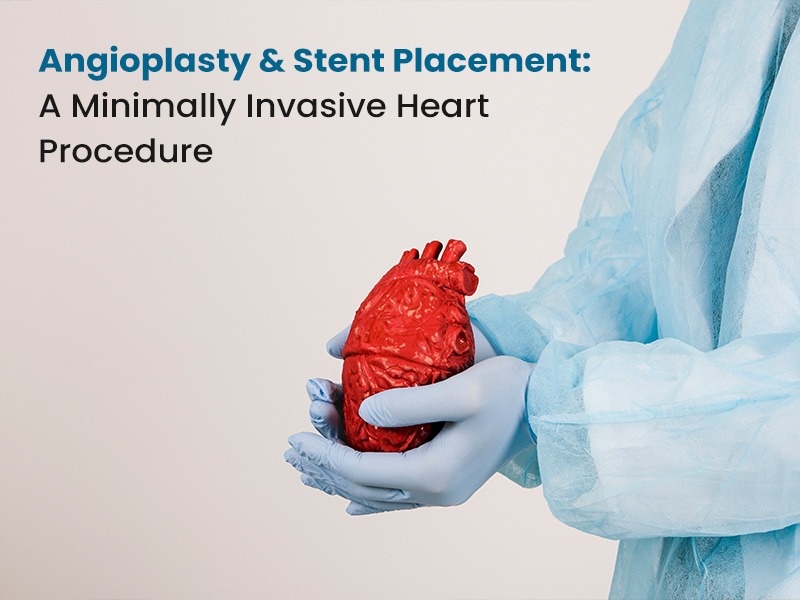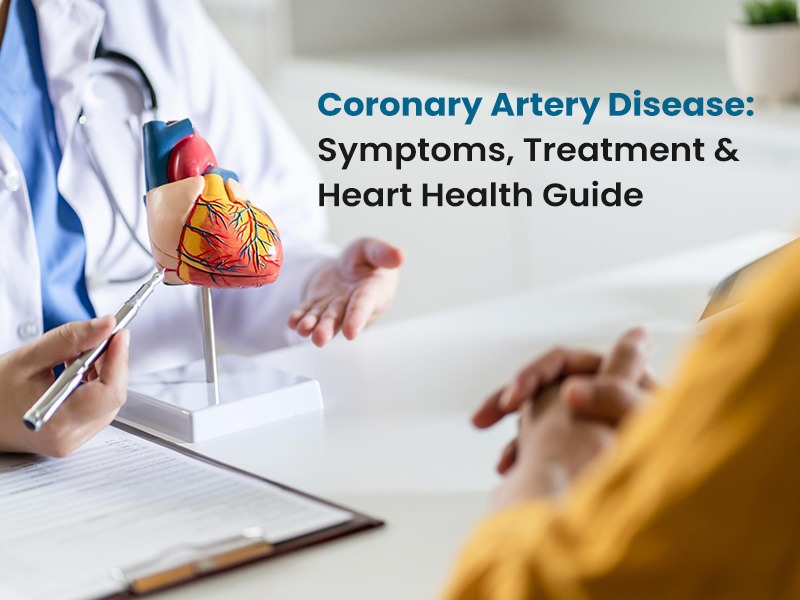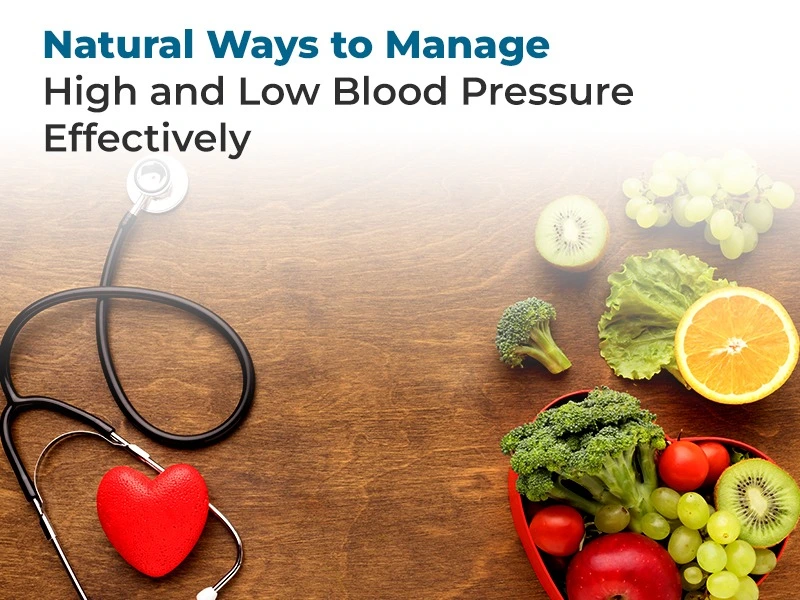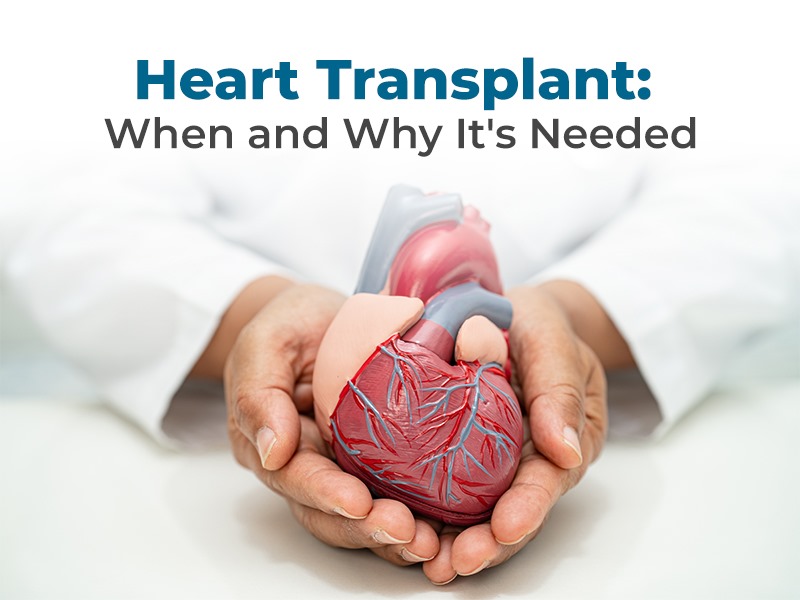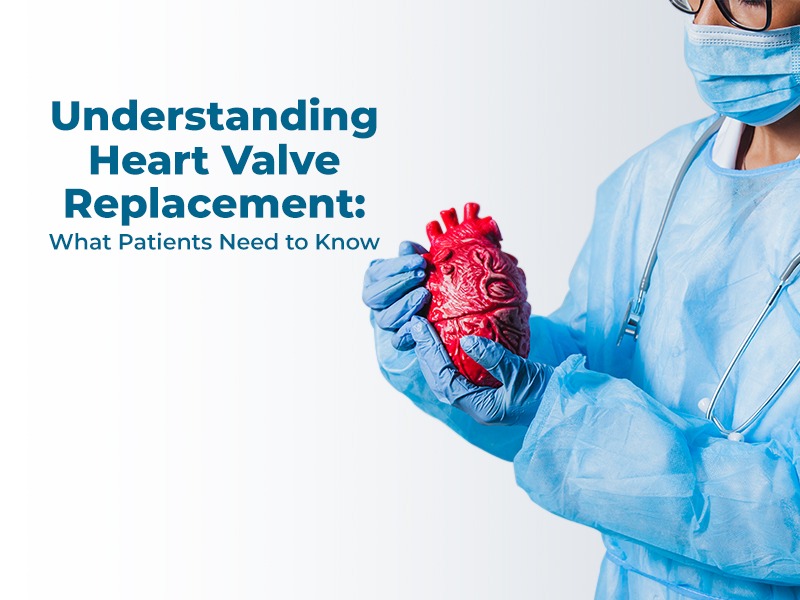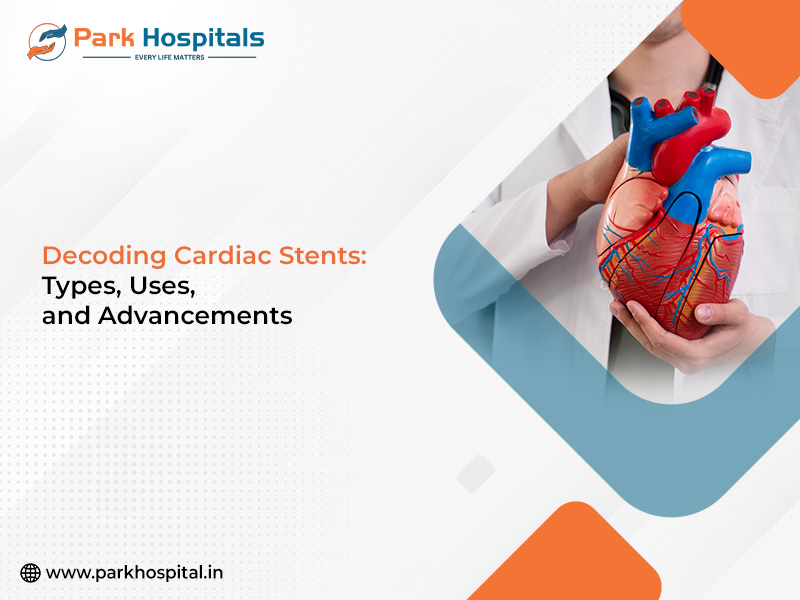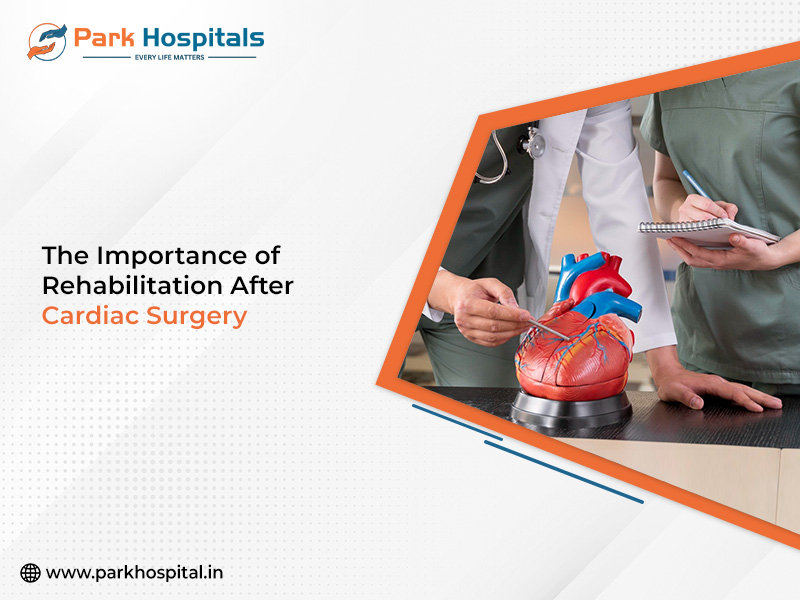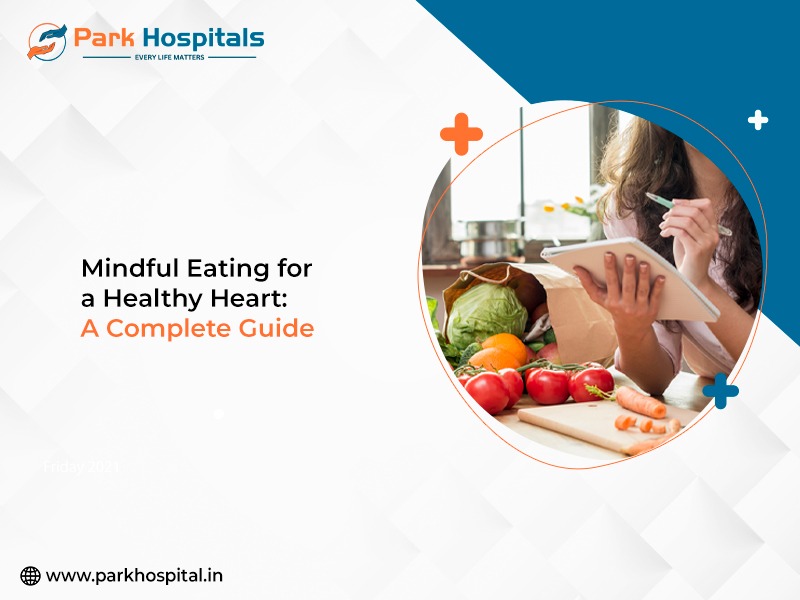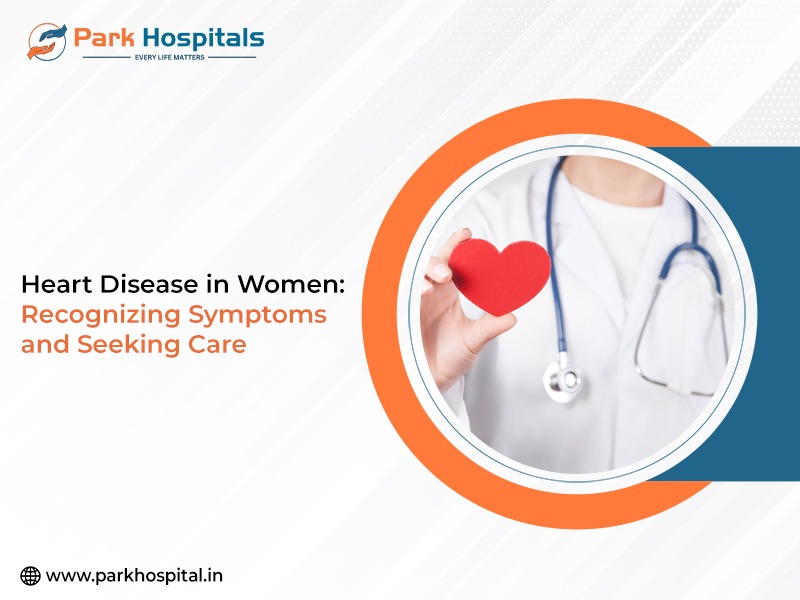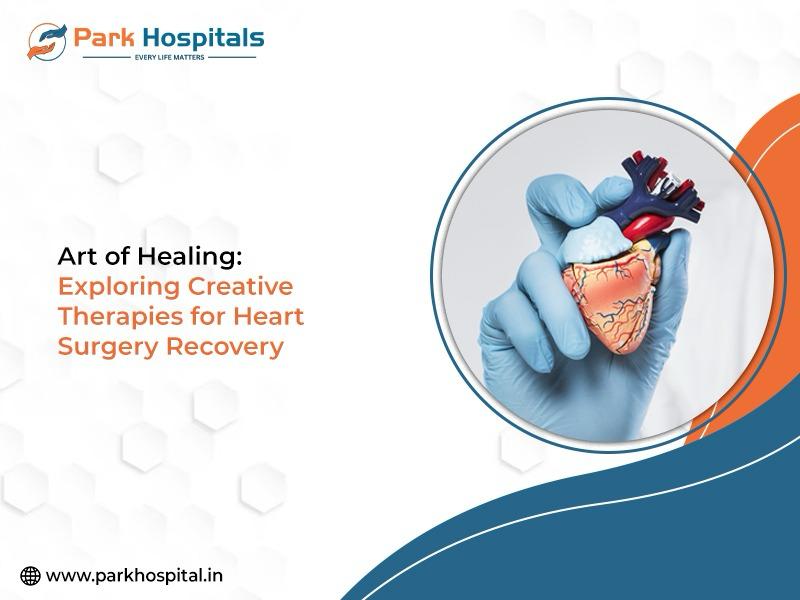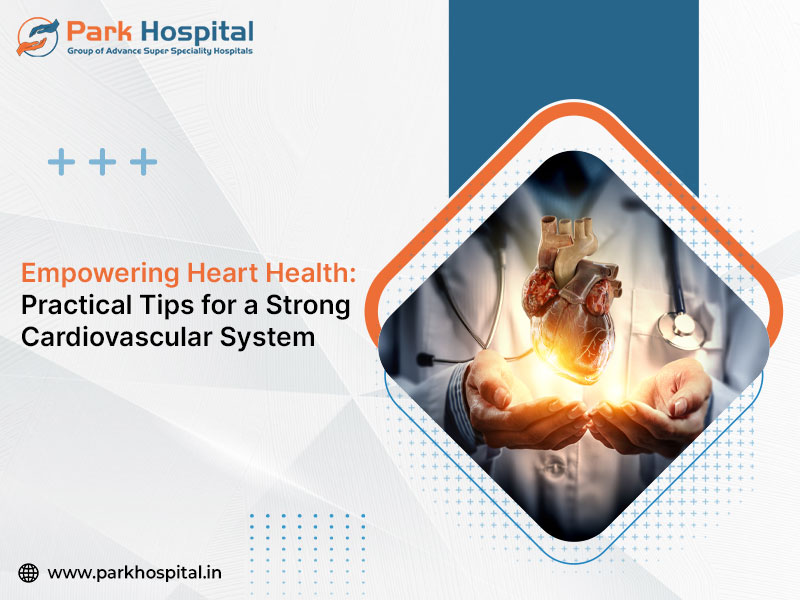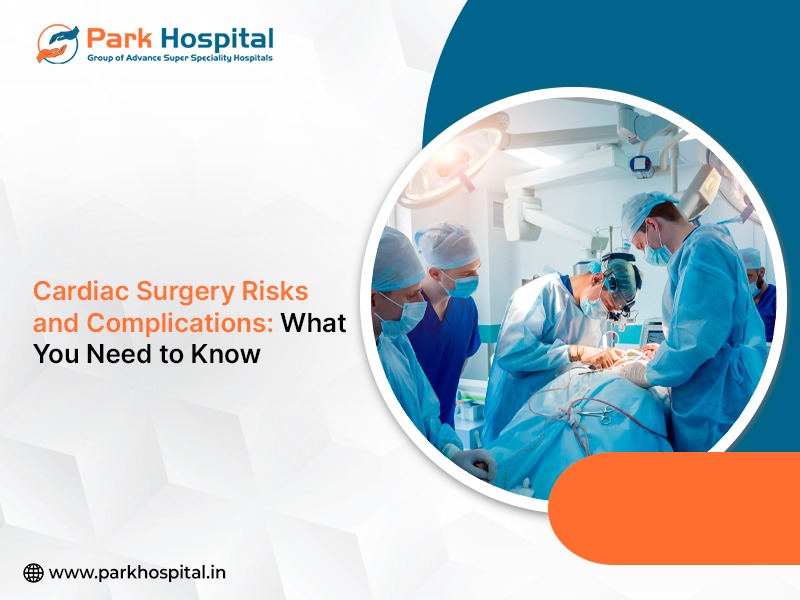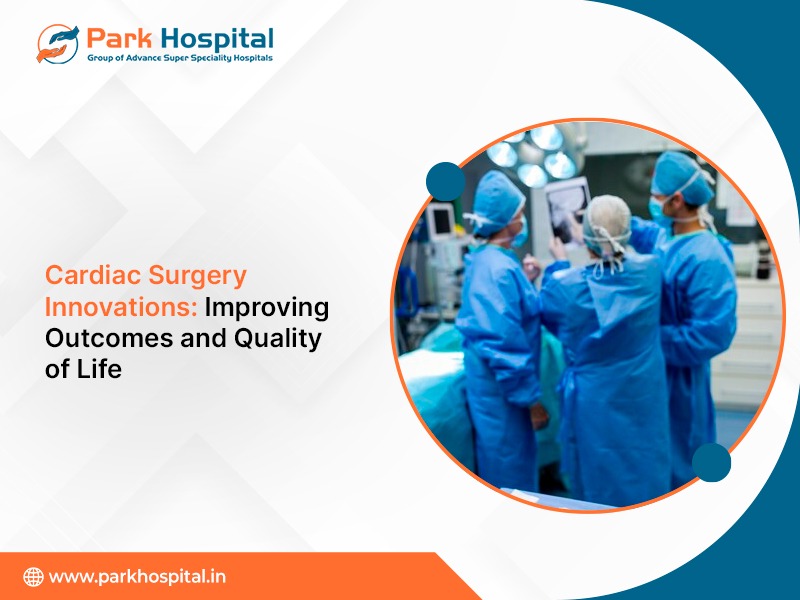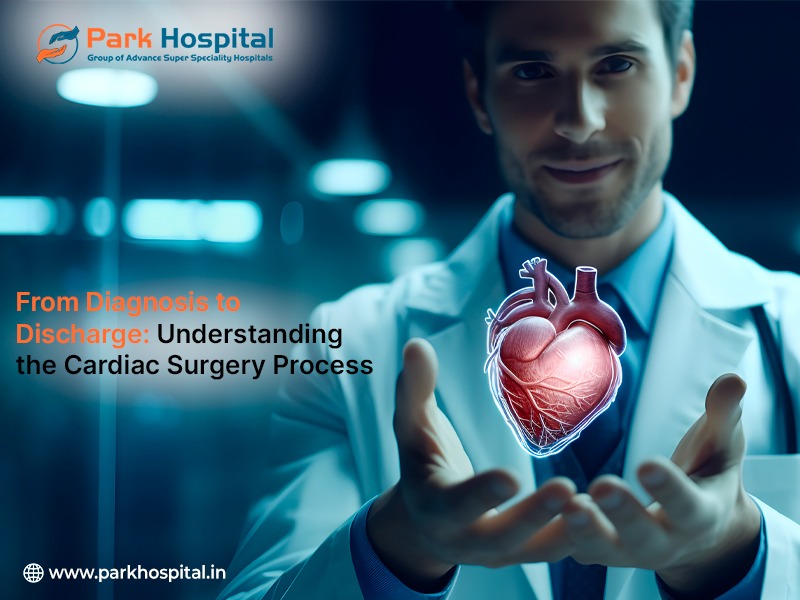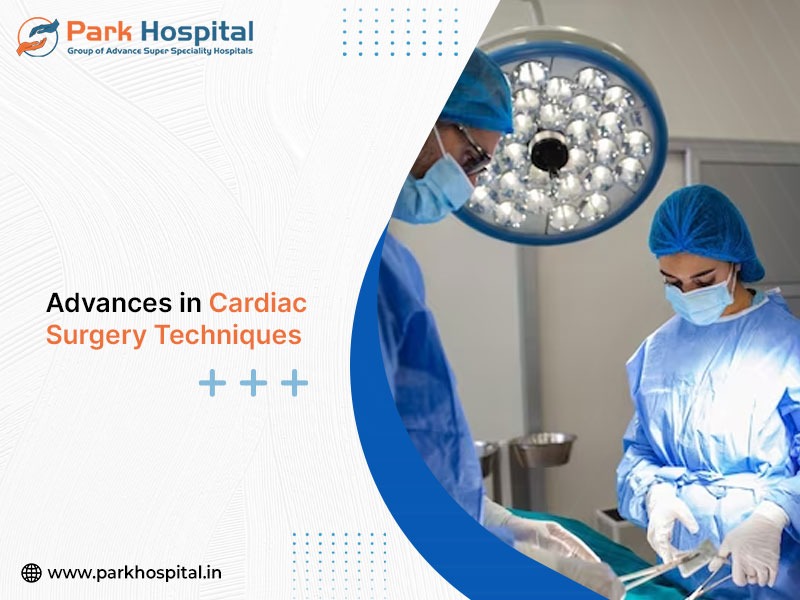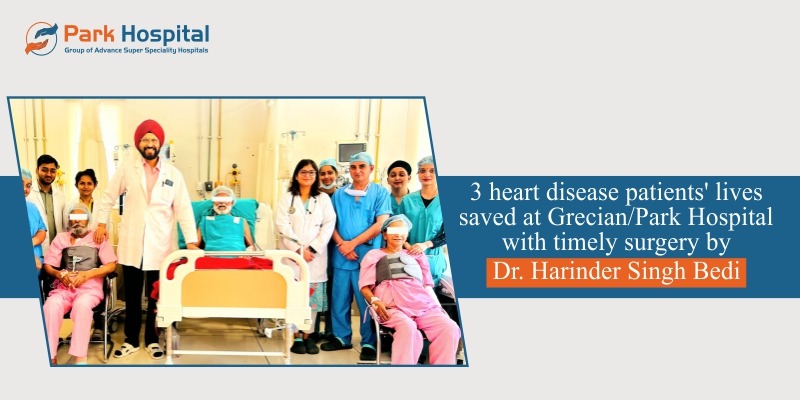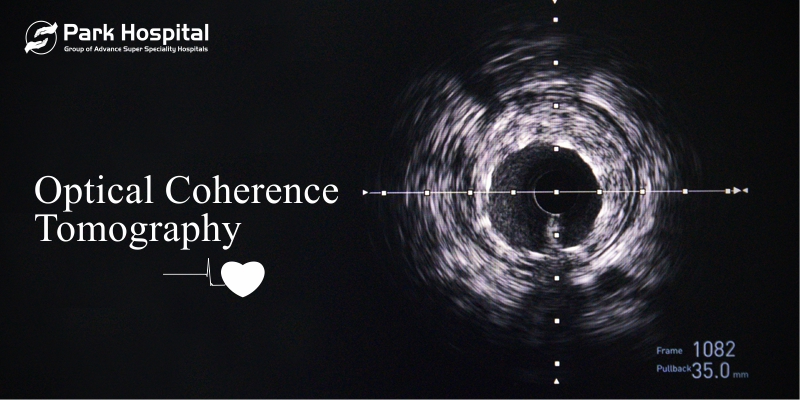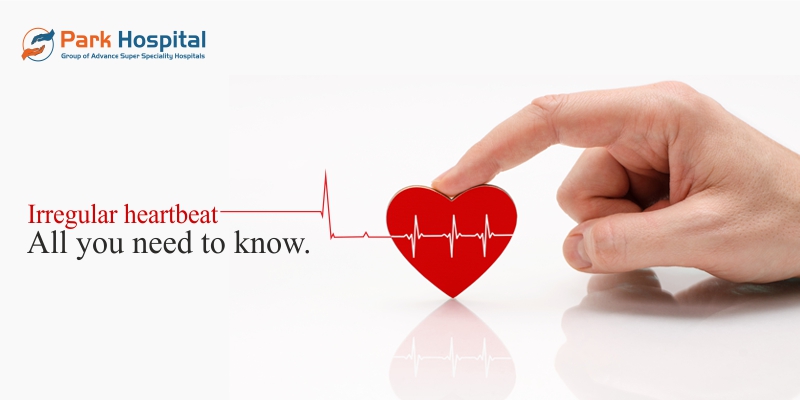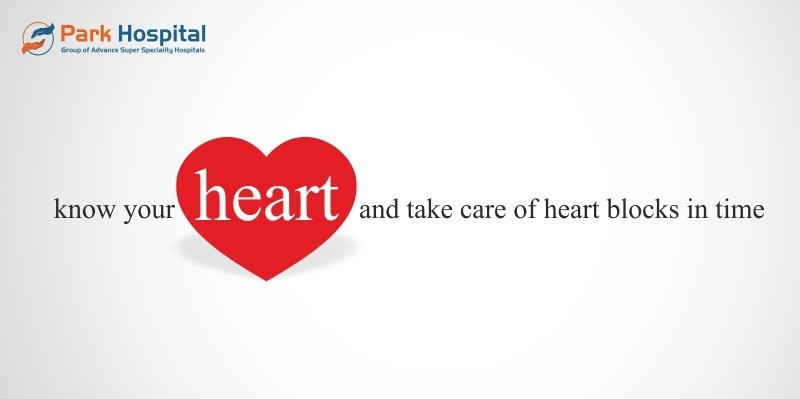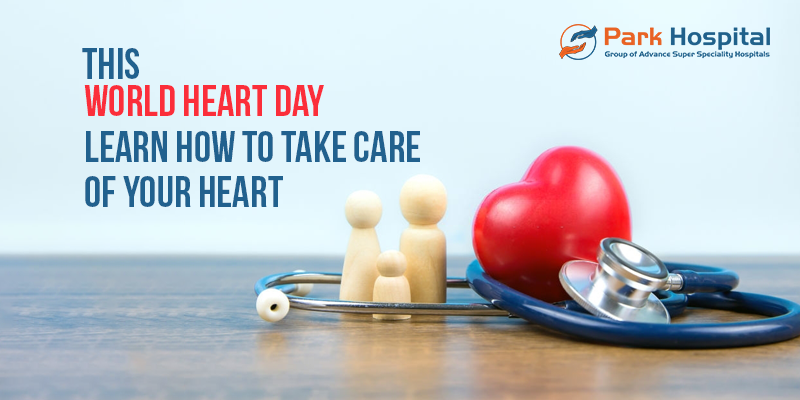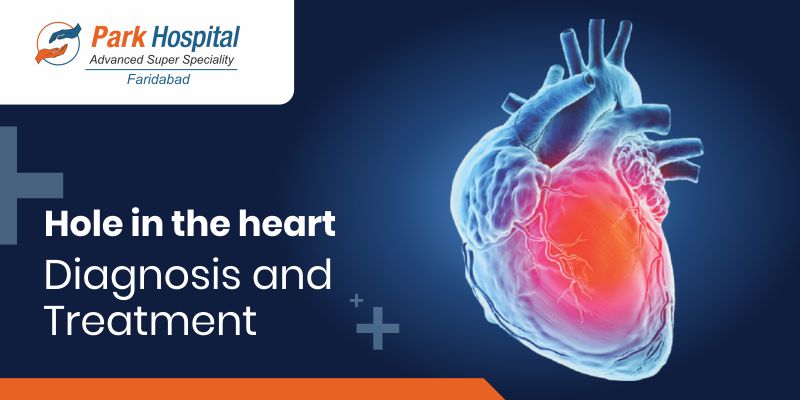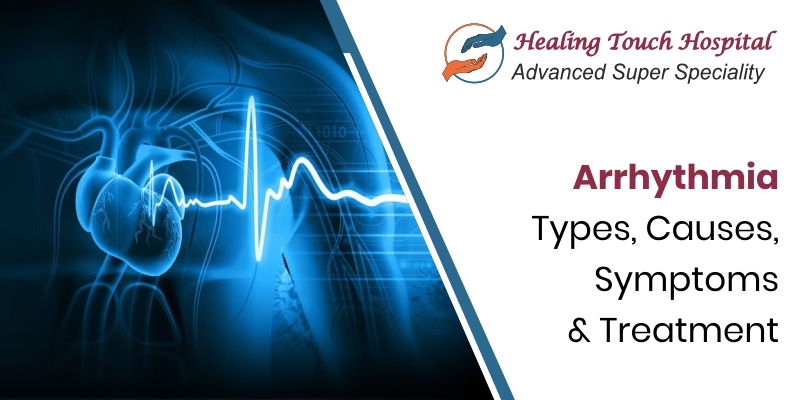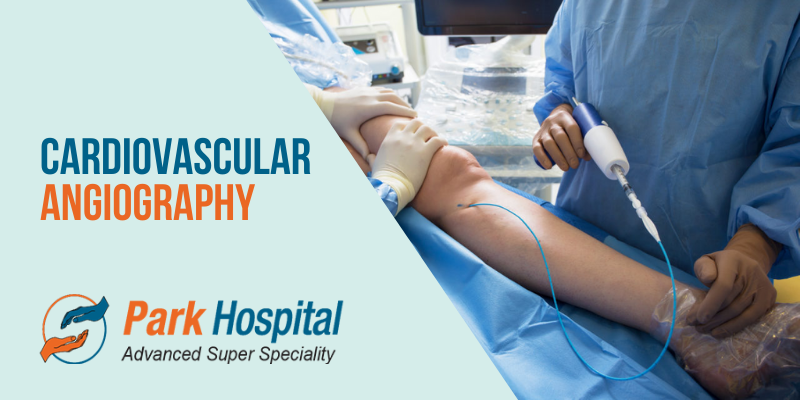Angioplasty is a minimally invasive procedure used to treat narrowed or blocked arteries in the heart. It helps restore normal blood flow, relieve chest pain, and prevent heart attacks. This technique involves the use of a balloon to open the artery and often includes the placement of a stent to keep it open. Angioplasty is especially effective for patients with coronary artery disease and is considered a safer alternative to open heart surgery in many cases.
At Park Group of Hospitals, we offer advanced cardiac care through state-of-the-art angioplasty and stent placement procedures. With multispecialty units located across Delhi, Gurugram (Sec-47, Palam Vihar, Sec-37 D), Faridabad, Sonipat, Panipat, Karnal, Ambala, Patiala, Mohali, Bathinda, Behror, and Jaipur, we are equipped with modern technology and highly experienced cardiologists. For emergency services or immediate consultation, please contact us anytime at +91 99166 99166.
Introduction to Angioplasty
What is Angioplasty?
Angioplasty is a nonsurgical method used to widen narrowed or obstructed coronary arteries. During the procedure, a thin tube with a small balloon at the tip is inserted into the blood vessel. The balloon is inflated to press the plaque against the artery walls, restoring blood flow while a stent is often placed to keep the artery open and prevent future narrowing.
Importance of Minimally Invasive Heart Procedures
Minimally invasive procedures like angioplasty reduce the need for open heart surgeries, leading to shorter hospital stays, faster recovery, and fewer complications. These procedures are particularly beneficial for elderly patients or those with underlying health conditions who may not be ideal candidates for major surgeries.
When is Angioplasty Needed?
Doctors may recommend angioplasty if you have:
Severe chest pain due to narrowed arteries
Blockages that restrict blood flow during a stress test
A recent heart attack requiring immediate restoration of blood flow
Ineffective results from medication or lifestyle changes
Understanding Heart Blockages
How Heart Blockages Occur
Heart blockages occur when fatty deposits known as plaque buildup inside the arteries. Over time, this plaque hardens and narrows the arteries, reducing blood flow to the heart muscle. This condition is known as atherosclerosis, a primary cause of coronary artery disease.
Common Symptoms of Blocked Arteries
Some of the most common symptoms of heart blockages include:
Chest discomfort or pressure (angina)
Shortness of breath
Fatigue or dizziness
Radiating pain in the arms, neck, back or jaw.
Nausea or sweating
These symptoms may worsen with physical activity and improve with rest. If left untreated, blockages can lead to heart attacks or heart failure.
Diagnostic Tests Before Angioplasty
Before performing angioplasty, your cardiologist may suggest the following tests to evaluate your heart condition:
Electrocardiogram (ECG): to check for irregular heartbeats or prior heart damage
Echocardiogram: to assess heart function and pumping ability
Treadmill Test (TMT): to observe the heart under physical stress
Coronary Angiography: to visualize the exact location and severity of blockages
These tests help determine if angioplasty is the most suitable treatment for your condition.
Types of Angioplasty Procedures for the Heart
When it comes to treating blocked arteries, several angioplasty procedures are used based on the complexity and nature of the blockage. Each method is a form of minimal invasive procedure designed to restore blood flow and reduce the risk of heart attacks.
1. Balloon Angioplasty
This is often the first step in many angioplasty procedures. A small balloon is inserted into the narrowed artery and then inflated to push the plaque against the artery walls. This improves blood flow and helps in heart blockage removal without surgery. In some cases, the procedure is completed without placing a stent.
2. Coronary Angioplasty with Stent Placement
This is the most common form of angioplasty, also known as heart stent surgery. After the balloon widens the artery, a stent is inserted to keep the artery open. These can be bare-metal stents or drug-eluting stents that release medication to prevent re-blockage. This method is widely used in coronary angioplasty.
3. Drug-Eluting Balloon Angioplasty
The balloon itself is coated with medication, instead of placing a stent that helps prevent re-narrowing of the artery. This technique is usually applied in cases where the blockage is in a small artery or where a stent cannot be placed due to anatomical challenges. It is a safe and advanced angioplasty procedure in specific heart conditions.
4. Rotational Atherectomy
In cases where arteries are heavily calcified and cannot be widened using just a balloon, a procedure called rotational atherectomy is performed. A rotating burr is used to drill away hardened plaque before ballooning and placing a stent. This method may be followed by coronary angioplasty for optimal results.
5. Laser Angioplasty
In this procedure, a catheter is used with a laser tip to vaporize plaque inside the artery. It is a rare technique, typically reserved for complex cases where other angioplasty procedures are not successful. It is also considered a minimal invasive procedure for certain types of heart blockages.
Bypass Stent vs CABG Procedure: Key Differences
Both stents and coronary artery bypass grafting (CABG) aim to improve blood flow. However:
Angioplasty with stent is less invasive, with shorter recovery time and minimal scarring
CABG procedure is an open-heart surgery where a healthy blood vessel from another part of the body is used to bypass a blocked coronary artery, restoring normal blood flow to the heart.
CABG may be preferred when there are multiple blockages or complex artery disease
The choice between angioplasty and CABG depends on the severity of the blockage, patient health, and long-term treatment goals.
The Angioplasty Procedure: Step-by-Step
Before the Procedure: Preparation and Evaluation
Patients are carefully evaluated by a cardiologist, before undergoing angioplasty. This includes reviewing medical history, performing blood tests, and checking kidney function to ensure the body can safely handle contrast dye used during the procedure. Medications may be adjusted or temporarily stopped, especially blood thinners or diabetes medicines.
Patients are usually advised not to eat or drink anything for several hours before the procedure. Consent forms are signed, and the risks and benefits are explained. In most cases, angioplasty is performed under local anesthesia with mild sedation to keep the patient comfortable but awake.
During the Procedure: How Stents Are Placed
The angioplasty procedure typically takes 30 minutes to 2 hours, depending on the complexity. A catheter is gently inserted into a blood vessel in the wrist or the groin. It is then carefully guided through the blood vessels until it reaches the blocked coronary artery. Once in place, a balloon at the tip of the catheter is inflated to push the plaque against the artery walls.
After widening the artery, a stent is placed to keep it open and then, the balloon is deflated and removed, leaving the stent in place to maintain blood flow. The use of stents significantly reduces the risk of the artery narrowing again in the future.
Types of Stents Used
Several types of stents may be used during angioplasty, depending on the patient's condition:
Drug-eluting stents (DES): Coated with medication that prevents scar tissue from forming inside the artery
Bare-metal stents (BMS): Made of stainless steel without any coating, used less frequently today
Bio-absorbable stents: Designed to dissolve over time, though not as commonly used
The cardiologist at Park Hospital will guide you to choose the best suitable stent based on your specific medical needs.
Duration and Complexity of the Procedure
Most angioplasty procedures are completed within 1 to 2 hours. However, the exact duration depends on:
The number of blockages being treated
The location of the blockages
The patient’s overall heart health
In emergency situations like a heart attack, angioplasty is often performed immediately to restore blood flow and minimize heart muscle damage. For planned procedures, patients usually return home within 24 to 48 hours, unless complications arise.
Benefits of Angioplasty and Stent Placement
Heart Blockage Removal Without Surgery
One of the biggest advantages of angioplasty is that it offers an effective alternative to open heart surgery. This minimally invasive procedure removes heart blockages by opening narrowed arteries with a balloon and supporting them with a stent. As a result, patients can avoid major surgical procedures, lengthy hospital stays, and extensive recovery time. It is especially suitable for individuals who are not ideal candidates for bypass surgery due to age or other medical conditions.
Faster Recovery and Less Pain
Since angioplasty is performed through a small incision, typically in the wrist or groin, it causes significantly less discomfort than traditional surgery. Patients can often start walking within a few hours of the procedure and are discharged within a day or two. Recovery at home is quick, with most people returning to work and normal activities within a week. This quick turnaround is one of the main reasons angioplasty is preferred for treating heart blockages in stable patients.
High Success Rate for Coronary Artery Disease
When performed promptly and accurately, angioplasty delivers excellent outcomes in patients with coronary artery disease. It quickly restores blood flow, relieves symptoms like chest pain and shortness of breath, and significantly lowers the risk of heart attack or sudden cardiac arrest. Stent placement also reduces the likelihood of arteries narrowing again, especially with modern drug-eluting stents.
In combination with medications and lifestyle changes, angioplasty has proven to be a life-saving treatment with high success and low complication rates when done by experienced cardiologists like those at Park Group of Hospitals.
Risks and Complications
While angioplasty is generally considered safe, like any medical procedure, it carries certain risks. These include:
Bruising or bleeding at the catheter insertion site
Blood vessel damage
Allergic reaction to the contrast dye
Blood clots forming within the stent
Restenosis: Re-narrowing of the artery with time
Irregular heart rhythms during the procedure
Severe complications are rare but may include heart attack, stroke, or kidney problems due to contrast dye. Your cardiologist will monitor your condition closely before, during, and after the procedure to minimize these risks.
Recovery After Angioplasty
Recovery from angioplasty is typically swift. Most patients are kept under observation for a few hours after the procedure and are usually discharged within 24 to 48 hours. If the procedure was performed during an emergency, such as a heart attack, the hospital stay may be slightly longer. During this time, the medical team monitors vital signs, checks for bleeding at the catheter site, and ensures stable heart function before discharge.
Before going home, patients receive clear instructions on wound care, medication, activity restrictions, and follow-up appointments. A smooth discharge process is essential to minimize complications and promote quick healing.
Lifestyle Changes for Heart Health
To maintain the long-term success of angioplasty, patients must make key lifestyle changes that support heart health. These include:
Following a heart-friendly diet low in saturated fats, sugar, and salt
Quitting smoking and limiting alcohol intake
Exercising regularly under medical guidance
Managing stress through meditation or counseling
Controlling other risk factors like diabetes, high blood pressure, and high cholesterol
These steps not only prevent future blockages but also improve overall quality of life. Park Group of Hospitals offers dedicated cardiac rehabilitation programs to support patients through this journey.
Medications After Stent Placement
Following angioplasty, patients are prescribed medications to prevent blood clots and keep the arteries open. These may include:
Antiplatelet agents like aspirin and clopidogrel
Cholesterol-lowering medicines like statins
Beta-blockers or ACE inhibitors to regulate blood pressure and heart rate
It is crucial to take these medicines exactly as directed and not to stop them without consulting a cardiologist. Skipping medication can increase the risk of complications such as stent thrombosis or recurrence of blockages.
Insurance Coverage and Cashless Options
In India, most of the health insurance plans cover angioplasty under their policy benefits. Many hospitals, including Park Group of Hospitals, offer cashless treatment facilities through tie-ups with major insurance providers. Patients can also benefit from schemes like Ayushman Bharat or state health initiatives depending on eligibility.
At Park Group of Hospitals, our support team assists patients throughout the insurance and billing process for a smooth, hassle-free experience.
Who is a Candidate for Angioplasty?
Angioplasty is ideal for patients who have significant narrowing or blockage in one or more coronary arteries, especially if the blockage is causing symptoms like chest pain, shortness of breath, or fatigue. It is also suitable for those who have recently experienced a heart attack and require quick restoration of blood flow to prevent further damage to the heart muscle.
Other candidates include:
Individuals with stable angina not responding to medication
Patients with single or double vessel coronary artery disease or those unfit for open heart surgery due to age or health issues can benefit from angioplasty procedure.
Your cardiologist will evaluate your case based on diagnostic tests, overall heart function, and medical history before recommending angioplasty.
When Angioplasty is Not Recommended
Angioplasty may not be appropriate in every case. It is generally not recommended if:
There are multiple complex blockages across major arteries
The artery is completely closed and has been for a long time
There is extensive heart muscle damage
The patient has poor kidney function or severe diabetes complications
In such cases, alternative treatments like medication management or the CABG procedure may offer better long-term results. A thorough evaluation helps determine the safest and most effective treatment path.
Evaluation by a Heart Specialist or Cardiologist
A detailed consultation with a cardiologist is crucial before making any decisions regarding angioplasty. The process typically includes:
Review of medical and family history
Physical examination and symptom analysis
Diagnostic tests such as ECG, echocardiogram, TMT, or angiography
Risk-benefit analysis of the procedure
At Park Group of Hospitals, our expert heart specialists ensure every patient receives a personalized treatment plan based on the most up-to-date clinical guidelines and advanced diagnostic tools.
Conclusion
Angioplasty is a life-saving, minimally invasive heart procedure that effectively opens blocked arteries, restores blood flow, and reduces the risk of major cardiac events like heart attacks. It offers a faster recovery, minimal pain, and excellent outcomes when performed under expert supervision. With modern advancements in stent technology and imaging, patients today can expect long-lasting results and improved quality of life.
Heart conditions should never be ignored. If you or your loved ones experience symptoms like chest pain, breathlessness, or fatigue, do not delay seeking medical attention. Timely diagnosis followed by angioplasty can greatly reduce the risk of major complications. Taking early action is important, delaying care is never worth the risk.
Frequently Asked Questions (FAQs)
Is Angioplasty a Permanent Solution?
Angioplasty offers long-term relief from symptoms caused by blocked arteries, but it is not always a permanent cure. While stents help keep the arteries open, lifestyle changes and medication are essential to prevent future blockages. In some cases, arteries may narrow again, which is known as restenosis. Regular follow-ups with your heart specialist are necessary to monitor heart health and manage risk factors.
Can Blockages Come Back After a Stent?
Yes, although modern drug-eluting stents significantly reduce the chance of recurrence, there is still a small risk that the artery could become narrowed again over time. This is why patients must follow a heart-healthy lifestyle, continue prescribed medications, and undergo regular medical evaluations.
How Long Does a Stent Last?
Most stents are designed to last a lifetime. However, how long a stent remains effective depends on several factors, including your body’s response to the stent, how well you manage risk factors like cholesterol, diabetes, and blood pressure, and whether you follow the cardiologist’s advice.
Can You Avoid Heart Surgery with Angioplasty?
Yes, mostly, angioplasty can serve as a safer and less invasive option as compared to open heart surgery. It is particularly beneficial for patients who have mild to moderate arterial blockages and do not require extensive surgical intervention. But, for complex or multiple blockages, CABG procedures are more suitable. Your doctor will decide the best approach based on diagnostic results and your overall health condition.

